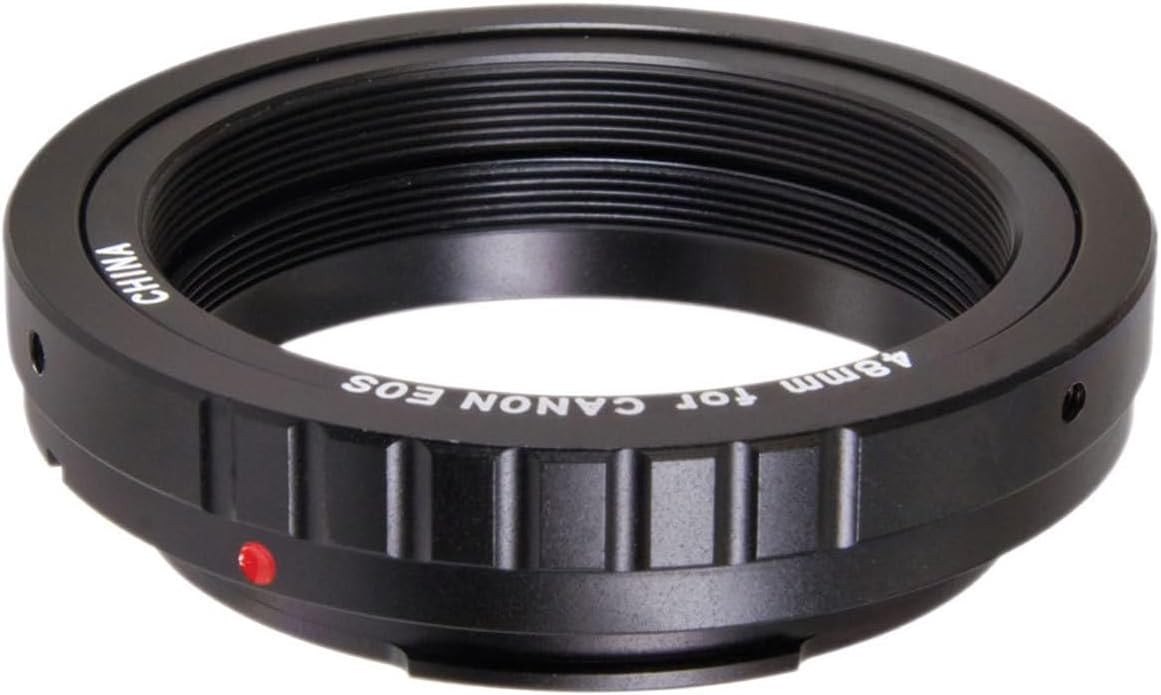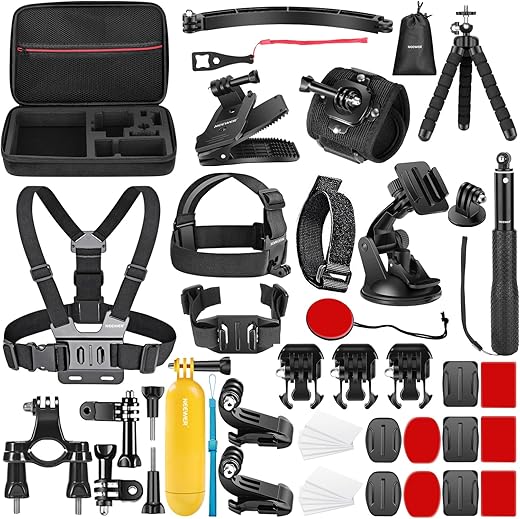
How to adjust wood sunglasses for a better fit?
In this step-by-step guide, we will walk you through the process of adjusting wood sunglasses for a better fit. Wood sunglasses have gained popularity due to their unique style and eco-friendly materials. However, finding the perfect fit can be a challenge. This guide aims to help you modify the frames according to your face shape and size, ensuring maximum comfort and style. Whether your wood sunglasses are too loose or too tight, follow these simple steps to achieve a customized fit that feels great and looks fantastic.
Top-selling wooden shades for summer


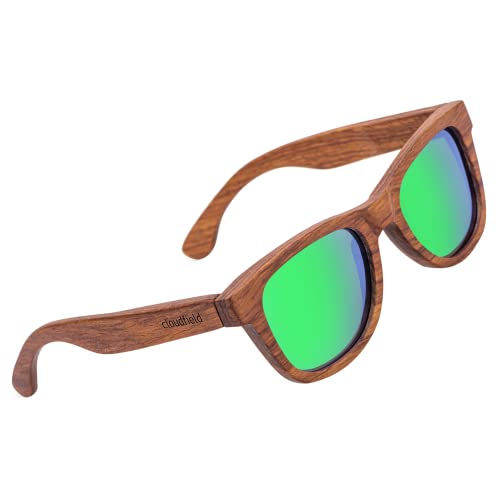
Step 1: Examine the Fit
First, put on the wood sunglasses and feel how they fit on your face. Pay close attention to any areas that may feel uncomfortable or too loose. Take note of any pressure points or areas where the sunglasses tend to slide down your nose or fall off easily. Do not rush this step; take the time to thoroughly examine the fit and make mental or physical notes of any issues you notice. It is important to have a clear understanding of how the wood sunglasses currently fit on your face before moving on to the next step.
Next, identify any discomfort or areas that are too loose. Assess if the sunglasses are squeezing too tightly on your temples or putting excessive pressure on any part of your face. Also, check if there are gaps between the frame and your face, indicating that the sunglasses are too loose. Be vigilant in identifying any areas that need improvement. Remember that comfort is key when it comes to wearing sunglasses, so noting and addressing these fit issues is crucial for a satisfactory wearing experience.
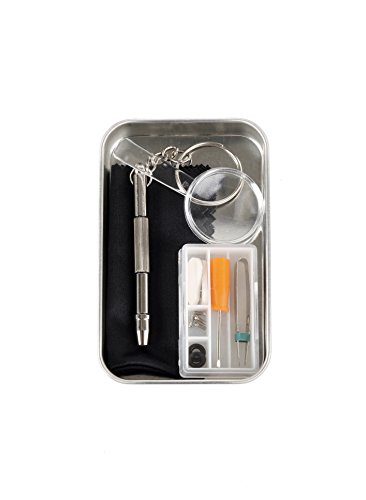
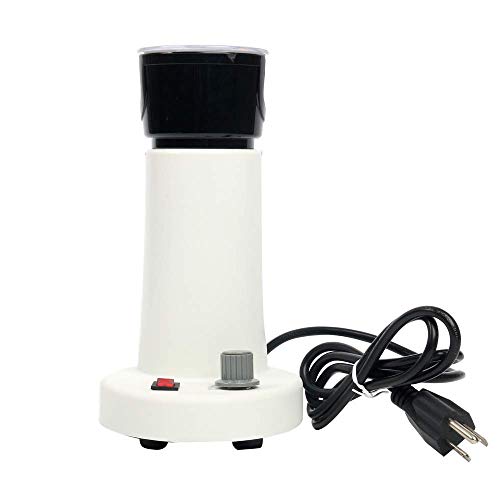
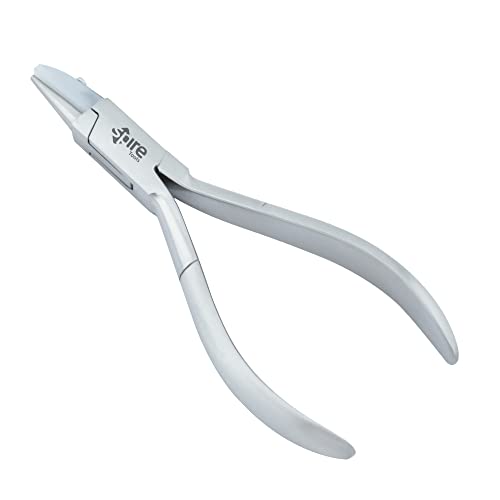
Step 2: Identify the Adjustment Points
When examining the wood sunglasses, take a close look at the adjustable components. These may include hinges, nose pads, or temple arms. By identifying these areas, you can easily modify them to achieve a better fit. Here’s what you need to do:
- Hinges: Inspect the hinges on your wood sunglasses. Determine if they can be adjusted. If they can, gently use your fingers to move the hinges up or down, allowing you to fine-tune the fit around your face.
- Nose pads: Examine the nose pads, if present. These small, adjustable pieces can significantly impact the comfort and fit of your sunglasses. Carefully adjust them by sliding them closer together or further apart to match the width of your nose.
- Temple arms: Evaluate the temple arms, also known as the side arms or temples, of your wood sunglasses. Check if they have visible hinges or screws. If so, you can modify the angle of the arms by carefully tightening or loosening the screws or hinges. This adjustment will ensure that the sunglasses sit snugly on your face without exerting too much pressure on the sides of your head.
By identifying and adjusting these key components, you can customize the fit of your wood sunglasses and enhance your comfort while wearing them.

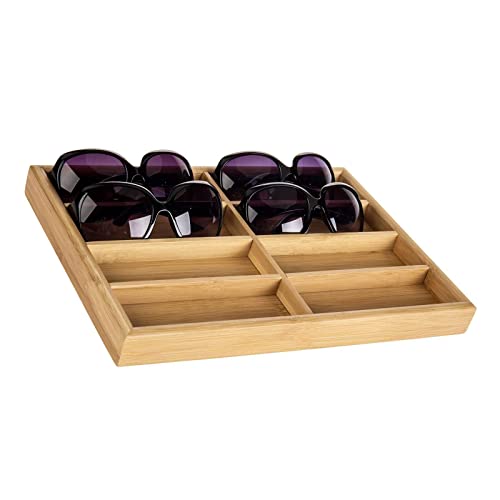
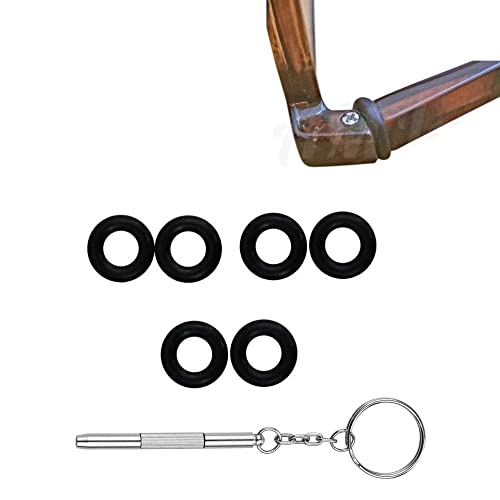
Step 3: Adjust the Hinges
- Step 3: Adjust the Hinges
- If the hinges are adjustable, gently tighten or loosen them to achieve the desired fit.
- Gently tighten the hinges if the door is sagging or not closing properly. Use a screwdriver to turn the screws in a clockwise direction, making sure not to overtighten them.
- Conversely, if the door is too tight and not opening or closing smoothly, loosen the hinges slightly. Gradually turn the screws counterclockwise until the door moves more freely.
- Be careful not to overtighten or loosen too much. Over-adjusting the hinges can lead to other issues, such as misalignment or instability. Make small adjustments, test the door’s movement, and repeat if necessary until you achieve the desired fit. Remember that slight changes can often have a significant impact on the door’s functionality, so proceed with caution and take your time to find the right balance.
- If the hinges are adjustable, gently tighten or loosen them to achieve the desired fit.



Step 4: Adjust the Nose Pads
Adjusting the Nose Pads:
- Check if your wood sunglasses have nose pads. If they do, locate the small metal or plastic pads attached to the frame just above the bridge.
- Hold the sunglasses with both hands and use your thumbs to push the nose pads closer together if they are too wide for your nose bridge. Gently apply pressure until you reach a more comfortable width.
- Conversely, if the nose pads are too narrow and feel too tight on your nose bridge, use your thumbs to push them further apart. Apply gentle pressure until the pads are positioned at a width that suits your comfort.
- Put the sunglasses back on and test the fit. If they still feel uncomfortable, repeat steps 2 and 3 until the nose pads are positioned perfectly for your nose shape.
- Remember to handle the sunglasses with care throughout this adjustment process to avoid any damage to the frame or lenses. Enjoy your well-fitted wood sunglasses and the stylish protection they provide!

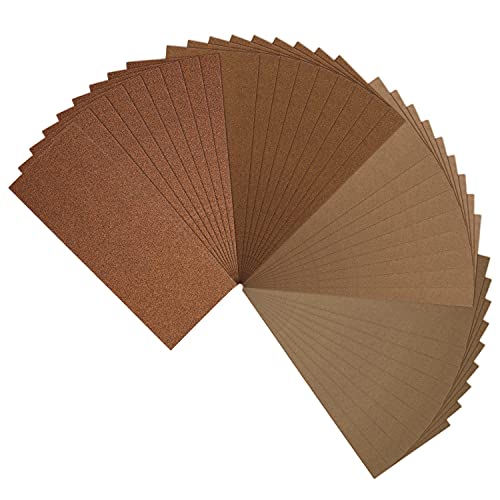

Step 5: Modify the Temple Arms
If the temple arms of your eyeglasses are adjustable, you have the option to bend them slightly inward or outward in order to achieve a better fit that contours to the sides of your head. To begin, make sure you handle the glasses with care to avoid any accidental damage. Using your fingers, gently hold the temple arm close to the hinge area while supporting the main part of the frame. Now, with a slow and controlled movement, apply gentle pressure using your thumb on the part of the temple arm that is furthest away from the hinge. By doing this, you can gradually bend the temple arm inward or outward, depending on your preference. Remember to make small adjustments at a time, as excessive force or bending could potentially damage the glasses.
It is important to maintain caution while making adjustments to the temple arms. Take your time and ensure that you are applying steady, controlled pressure to avoid any sudden breaks or fractures. By making small tweaks and patiently testing the fit, you can find the ideal balance that contours the eyeglasses comfortably to your head shape. It is beneficial to try on the glasses periodically during the adjustment process, as this will help you assess if further modifications are necessary. While making these adjustments, keep in mind that the temple arms should maintain their original shape and symmetry, blending smoothly into the frame.

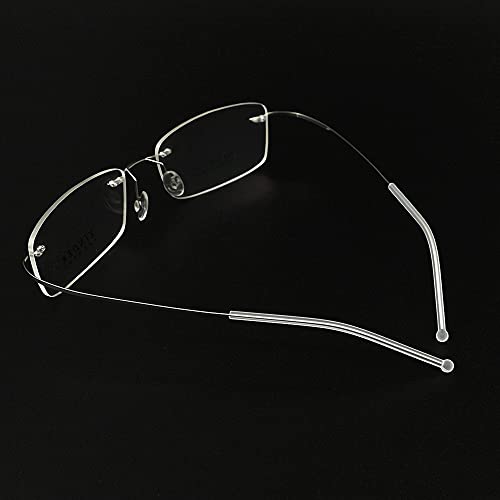
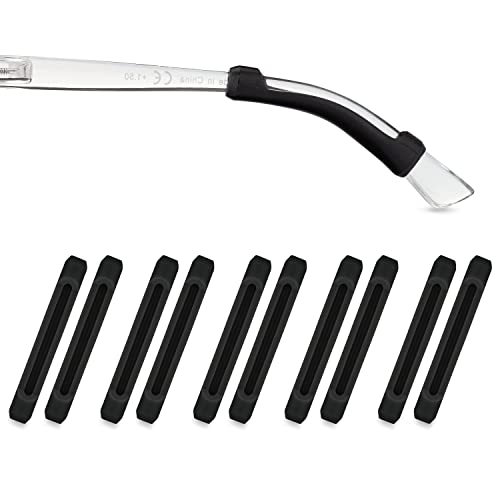
Achieve the perfect fit
To ensure a comfortable and secure fit for your wood sunglasses, remember to carefully examine the initial fit, take note of the adjustable points, and make gradual adjustments as needed. By following these steps, you can enjoy a better fit and maximize your comfort while rocking your stylish wooden shades. Don’t overlook the importance of a proper fit and take the time to adjust your sunglasses for a comfortable experience.
Necessary items
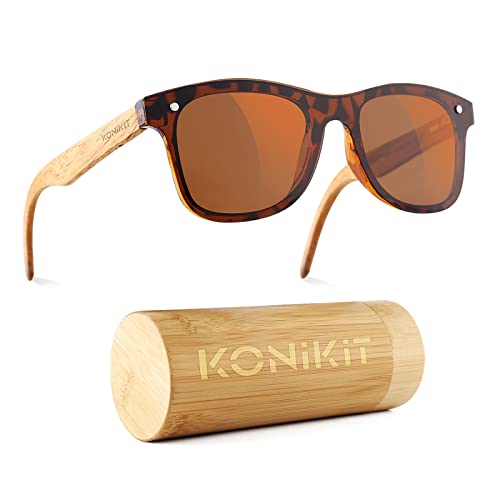

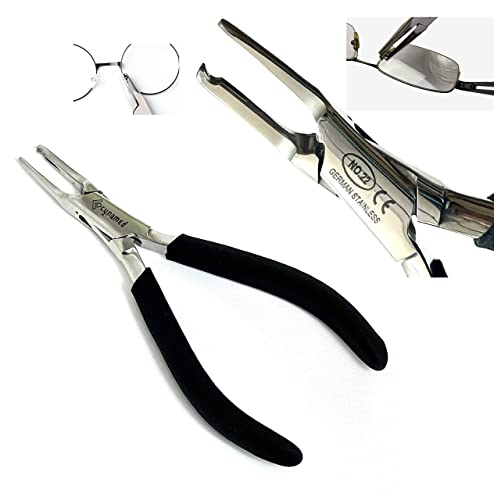



Perfect fit made easy
How to Properly Adjust Sunglass Frames for a Comfortable Fit – Preventing Potential Damage to Sunglass Lenses
Tips for Wearing and Maintaining Wood Sunglasses
- Ensure the sunglasses are properly fitted to your face by adjusting the nose pads and the temples if necessary
- Avoid exposing the sunglasses to extreme temperatures or humidity to prevent warping or damage to the wood
- Clean the lenses and wood frame regularly with a soft microfiber cloth to remove dust and smudges
- Store the sunglasses in a protective case or pouch when not in use to keep them safe from scratches and accidental damage
- Avoid placing the wood sunglasses directly on a hot surface or leaving them in direct sunlight for prolonged periods as this can cause the wood to fade or degrade over time
Frequently Asked Questions about Wood Sunglasses
Are wood sunglasses suitable for people with sensitive skin or allergies?
Wood sunglasses can be suitable for people with sensitive skin or allergies.
Unlike sunglasses made from materials like plastic or metal, wood sunglasses are hypoallergenic as they do not contain materials that commonly cause skin irritation or allergic reactions such as nickel. Wood is a natural material that is generally well-tolerated by most people.
However, it is important to note that individual reactions may vary, and some individuals with specific wood allergies may still experience discomfort or allergic reactions. It is recommended for individuals with known wood allergies to test the sunglasses on a small area of their skin and observe for any adverse reactions before prolonged use.
Additionally, it is essential to choose wood sunglasses that have a smooth finish and do not have any rough or exposed parts that may cause irritation. Coated or sealed wood sunglasses can provide a protective layer that reduces the potential for skin irritation.
If you have specific skin sensitivities or allergies, it is always advisable to consult with a dermatologist before trying new products, including wood sunglasses.
How do wood sunglasses help support reforestation efforts or conservation projects?
Wood sunglasses can support reforestation efforts or conservation projects in several ways. Firstly, the production of wood sunglasses often involves sourcing wood from sustainable forests or using reclaimed wood, thereby encouraging responsible forest management. By using these materials, the demand for illegally sourced or unsustainable wood is reduced.
Secondly, some wood sunglasses brands partner with environmental organizations or initiatives. A portion of the profits from each sale may be donated to these organizations, which then utilize the funds to finance reforestation projects or other conservation efforts.
Furthermore, wood sunglasses retailers and manufacturers may actively work towards minimizing their environmental impact. They may implement sustainable production practices, such as using eco-friendly dyes and coatings, reducing waste during the manufacturing process, or utilizing renewable energy sources.
Additionally, wood sunglasses can help raise awareness about the importance of reforestation and conservation. Through their unique and eco-friendly design, they serve as a conversation starter, allowing wearers to discuss the significance of protecting forests and the environment.
Overall, wood sunglasses contribute to reforestation and conservation efforts by promoting sustainable sourcing of materials, donating to environmental organizations, adopting eco-friendly production practices, and raising awareness about the importance of preserving forests.


